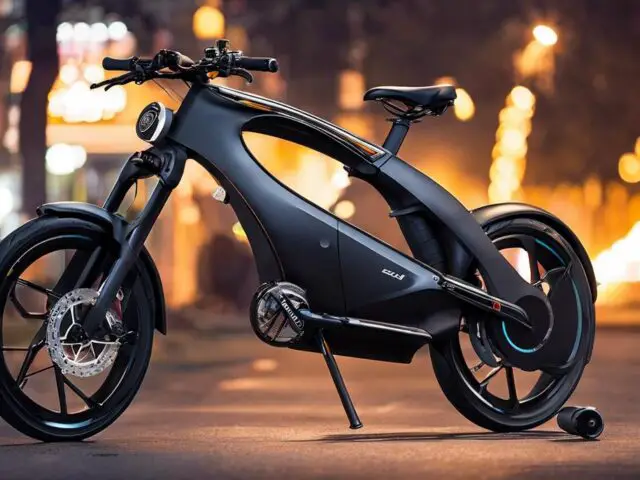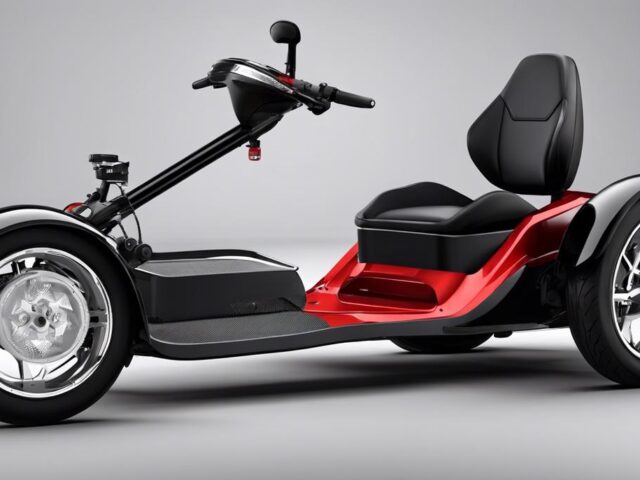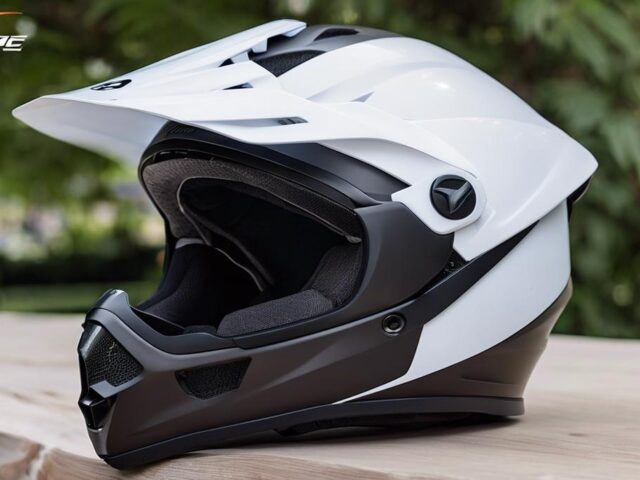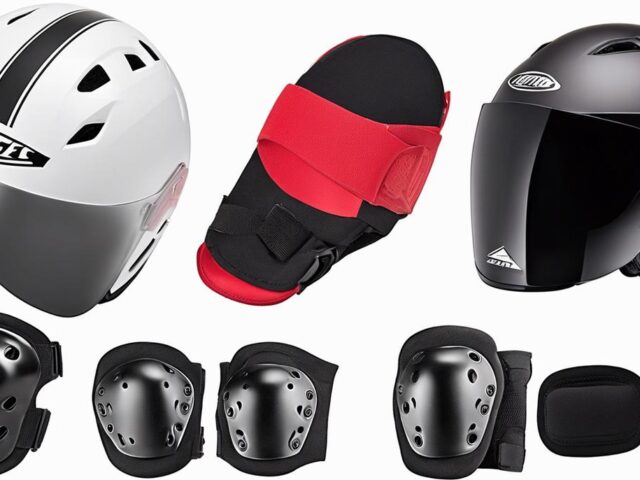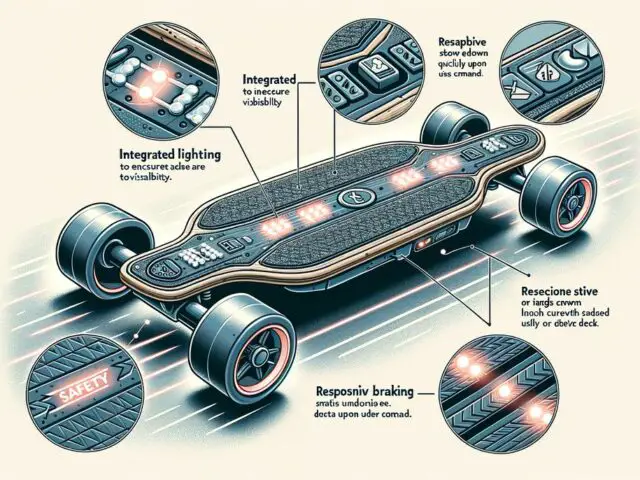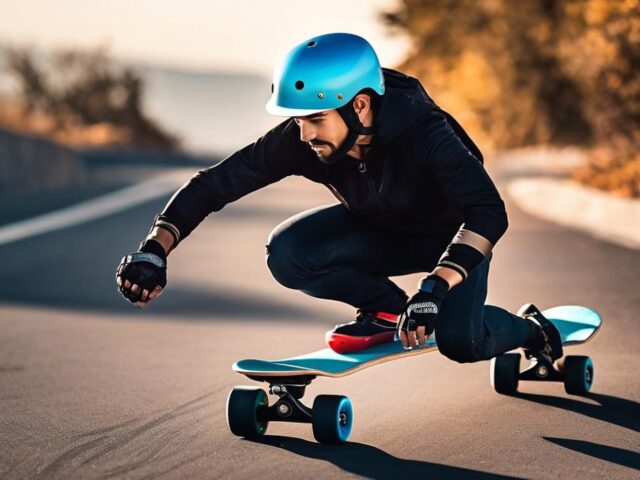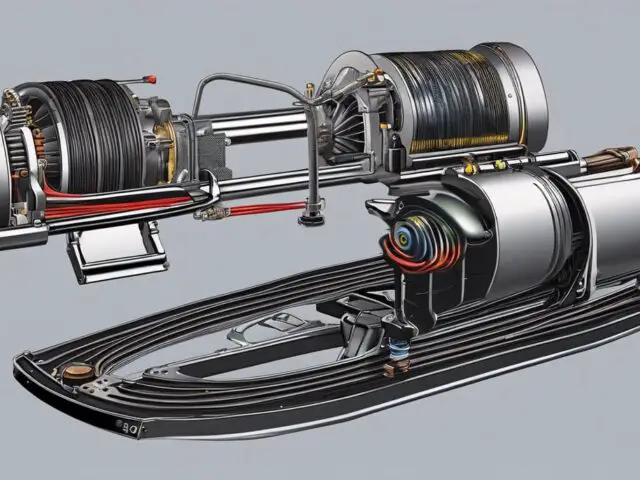Are you fascinated by the thrilling world of FPV drone racing? Do you dream of soaring through the air at breakneck speeds and competing against other pilots in heart-pumping races? Well, you’re not alone. FPV drone racing has become a popular and rapidly growing sport, attracting enthusiasts from all over the world. But if you’re new to this exciting hobby, you may be wondering where to start and how to become a skilled racer. Fear not, because in this comprehensive guide, we will take you from a beginner to a winner in the world of FPV drone racing. Get ready to learn the ins and outs of this exhilarating sport and get ready to learn to race FPV drones!
The Fundamentals of FPV Drones
FPV drone racing is a popular sport around the world, and there are many different leagues and competitions for pilots of all skill levels. If you are interested in getting started with FPV drone racing, there are a few things you need to do:
- Get a drone: There are many different FPV drone racing drones available on the market. Choose a drone that is appropriate for your skill level and budget.
- Get a transmitter: You will also need a transmitter to control your drone. Choose a transmitter that is compatible with your drone and that has the features that you need.
- Get goggles: There are many different FPV drone racing goggles available on the market. Choose goggles that are comfortable to wear and that have a good quality video feed.
- Learn to fly: Before you start racing, it is important to learn how to fly your drone safely. There are many resources available online and in libraries to help you learn how to fly.
- Find a place to fly: Once you know how to fly your drone, you need to find a place to fly. There are many FPV drone racing clubs and organizations that have dedicated flying fields. You can also fly in public parks and other open areas, but be sure to check the local laws and regulations first.
FPV drone racing is a fun and challenging sport that can be enjoyed by people of all ages. If you are interested in getting started, there are many resources available to help you learn how to fly and find a place to race.
If you’re new to the world of FPV drone racing, it’s essential to start by understanding the basics of this exhilarating sport. FPV stands for First Person View, which means you’ll be flying your drone through a camera mounted on the front of the drone, providing a live video feed to your goggles or monitor. This gives you the sensation of being inside the drone and allows you to race from a pilot’s perspective.
To begin, you’ll need to familiarize yourself with the controls of your FPV drone. There are typically four main controls: throttle, yaw, pitch, and roll. Throttle controls the altitude of your drone, yaw controls its rotation, pitch controls its forward and backward movements, and roll controls its side-to-side movements. Mastering these controls is essential for smooth and precise flying.
Next, it’s important to practice in open spaces to improve your flying skills. Start with slow and controlled movements, gradually increasing your speed as you become more comfortable. This will help you develop a solid foundation and improve your maneuvering abilities.
Lastly, always prioritize safety. It’s crucial to follow local regulations, such as flying in designated areas and maintaining line of sight with your drone. Additionally, invest in a good quality transmitter and receiver system to ensure reliable and stable control of your drone.
The Core Components of an FPV Drone
- The Drone: Like any unmanned aerial vehicle, FPV drones range in models and specifications. However, the feature that makes an FPV drone unique is the advanced systems that allow live video streaming.
- FPV Camera: The FPV camera serves as the eyes of the drone. Capturing real-time footage, this small device is specifically designed to withstand high vibration and lighting contrasts associated with drone flights.
- Video Transmitter (VTX): This integral unit beams the signal from the FPV camera to the operator, usually on 5.8 GHz frequency. It’s responsible for the quality and range of the video feed.
- Display/ Goggles: Receiving the footage transmitted by your drone, the display could be a pair of goggles for a full immersive experience or an LCD screen. The choice depends on the personal preference of the operator.
- Video Receiver (VRX): Working in tandem with the display, it decodes the transmitted video signal for viewing.
- RC (Remote Controller): This hand-held device lets the user control the drone’s flight.
Choosing and Using Your FPV Drone
Once you have a solid understanding of the basics of FPV drone racing, it’s time to choose and use your very own drone. The market is flooded with a variety of options, so it’s important to consider your needs and preferences before making a purchase.
When choosing an FPV drone for racing, there are a few key factors to consider:
- Size: FPV drone racing drones are typically 5 inches or smaller. Smaller drones are more agile and easier to maneuver, but they may not have as much range or power as larger drones.
- Weight: Weight is another important consideration, as lighter drones are easier to fly and accelerate. However, heavier drones may be more stable and durable.
- Frame: The frame is the main structure of the drone and should be strong and lightweight. Carbon fiber frames are popular for FPV drone racing because they are strong and light.
- Motors: The motors are responsible for powering the drone’s propellers. Choose motors that are powerful enough to lift the weight of your drone and provide enough thrust for racing.
- Propellers: The propellers are what generate the thrust that propels the drone forward. Choose propellers that are compatible with your motors and that are designed for racing.
- Flight controller: The flight controller is the brain of the drone and is responsible for controlling its flight. Choose a flight controller that is compatible with your other components and that has the features that you need, such as adjustable flight modes and telemetry.
- Video transmitter and receiver: The video transmitter and receiver are responsible for transmitting the live video feed from the drone’s camera to the pilot’s goggles. Choose a video transmitter and receiver that have a long range and good quality video feed.
- Goggles: FPV drone racing pilots wear goggles that receive a live video feed from the drone’s camera. Choose goggles that are comfortable to wear and that have a good quality video feed.
- Battery: The battery powers the drone and all of its components. Choose a battery that has enough capacity to power your drone for the length of the race.
- Price: FPV drone racing drones can range in price from a few hundred dollars to several thousand dollars. Choose a drone that is within your budget and that has the features that you need.
Here are some additional tips for choosing an FPV drone for racing:
- Consider your skill level: If you are a beginner, you may want to start with a drone that is easy to fly and durable. As you become more experienced, you can upgrade to a more powerful and agile drone.
- Read reviews: Before you buy a drone, read reviews from other pilots. This can help you to learn about the pros and cons of different drones and to choose the right one for you.
- Join a club or organization: There are many FPV drone racing clubs and organizations that can help you to learn how to fly and find a place to race. Joining a club or organization is a great way to meet other pilots and to learn from their experience.
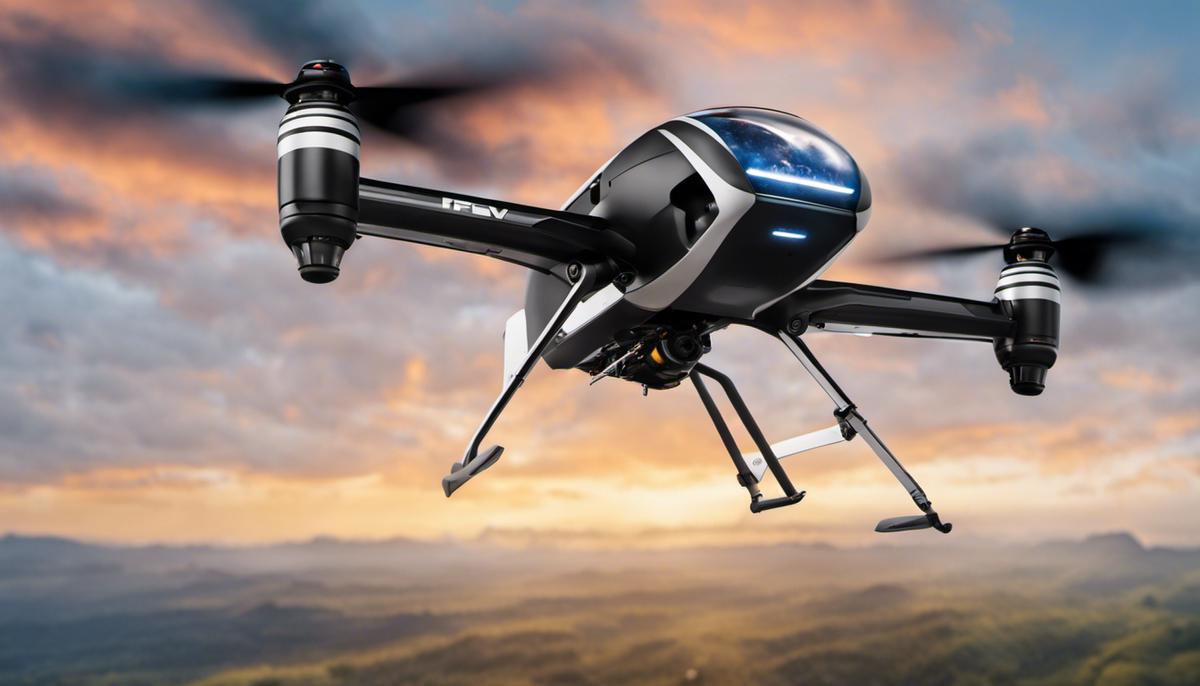
Basic and Advanced Techniques For Flying an FPV Drone
Here are some basic techniques for flying an FPV drone:
- Takeoff: To take off, place the drone on a flat surface and arm the motors. Then, gently push the throttle forward. As the drone gains altitude, adjust the pitch and roll sticks to keep it level and stable.
- Landing: To land, slowly pull the throttle back until the drone touches down on the ground. Be careful not to land too hard, as this could damage the drone.
- Hovering: To hover, keep the throttle stick centered and the pitch and roll sticks level.
- Forward flight: To fly forward, push the pitch stick forward.
- Backward flight: To fly backward, pull the pitch stick back.
- Turning: To turn, push the roll stick in the direction you want to turn.
- Ascending: To ascend, push the throttle stick forward.
- Descending: To descend, pull the throttle stick back.
Once you have mastered the basic techniques, you can start to learn more advanced maneuvers, such as:
- Flips: To do a flip, quickly push the pitch stick in the direction you want to flip and then quickly return it to center.
- Rolls: To do a roll, quickly push the roll stick in the direction you want to roll and then quickly return it to center.
- Loops: To do a loop, slowly pull the pitch stick backward until the drone starts to climb and and continue to pull back as the drone loops in the air. once the drone is horizontal again, adjust your pitch to continue to fly horizontally.
- Split-S: To do a split-S, do a half roll to the left or right which puts you inverted. Then pitch back to to perform a half loop to begin to fly horizontally again.
It is important to practice these maneuvers in a safe environment, such as a large open field. It is also important to start with simple maneuvers and gradually work your way up to more advanced maneuvers.
Here are some additional tips for flying an FPV drone:
- Always be aware of your surroundings. Be careful not to fly your drone near people, animals, or obstacles.
- Fly within your line of sight. This will help you to avoid crashing your drone.
- Use a spotter. If you are new to flying FPV drones, it is a good idea to have someone spot for you while you fly. A spotter can help you to keep track of your drone and to avoid obstacles.
- Be patient. It takes time and practice to learn to fly an FPV drone well. Don’t get discouraged if you don’t get it right away. Just keep practicing and you will eventually improve.
Strategies for Course Navigation When You Race FPV Drones
When it comes to FPV drone racing, having a solid strategy for navigating the race course is key to success. To maximize your performance and outpace your competitors, here are some strategies to keep in mind.
First, familiarize yourself with the race course before the event. Study the layout, memorize the locations of obstacles, and plan your approach for each section. This will allow you to anticipate turns, plan your maneuvers, and maintain a smooth and efficient flight path.
Next, practice flying through different types of obstacles to hone your navigation skills. Set up gates, flags, or other objects in an open space and practice flying through them at various speeds. This will help you improve your accuracy, agility, and awareness, which are all crucial for successfully navigating the race course.
Another strategy is to use visual cues to your advantage. Look for landmarks or distinct features in the environment that can serve as reference points during the race. These cues will help you navigate the course more effectively, make quick decisions, and adjust your flight path accordingly.
Mastering the art of cornering is essential for a competitive edge. Focus on entering and exiting corners smoothly, minimizing the amount of time spent decelerating and accelerating. Proper cornering technique involves anticipating the turn, adjusting your speed, and using yaw, roll, and throttle controls to navigate through the corner with precision and speed.
Lastly, develop a mindset of adaptability and flexibility. During a race, unexpected situations may arise, such as sudden wind gusts or collisions with other drones. Being able to quickly assess the situation, make split-second decisions, and adjust your flight path accordingly will give you an advantage over less adaptable competitors.
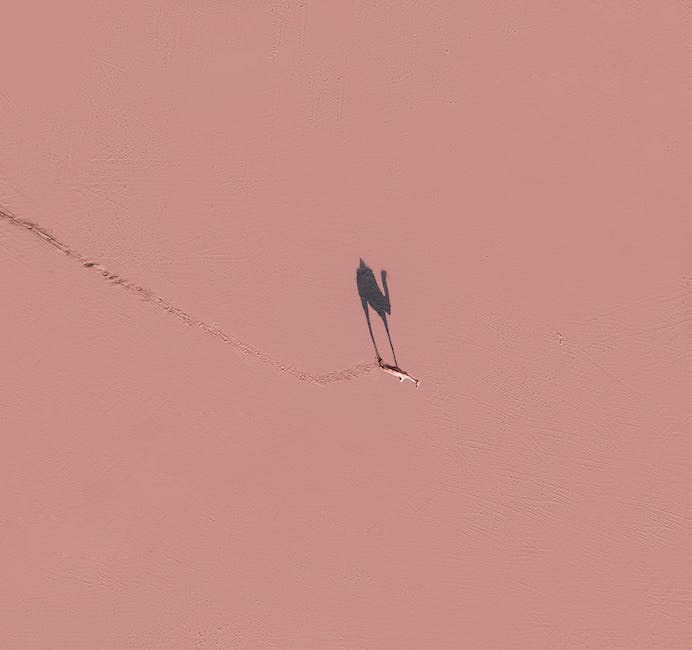
Training and Preparation for Your First FPV Drone Race
Training and preparation are essential steps in becoming a successful FPV drone racer. As you gear up for your first race, it’s important to focus on honing your skills and getting comfortable with the challenges that lie ahead.
Start by dedicating regular practice sessions to improve your flying abilities. Set up a race course in an open space or find local racing events where you can practice alongside experienced racers. Take advantage of these opportunities to familiarize yourself with different types of obstacles, navigate through tight turns, and fine-tune your racing techniques.
Additionally, consider joining a local drone racing club or community. Not only will this give you access to valuable advice and tips from seasoned racers, but it will also provide an opportunity to network and form connections with like-minded individuals.
Preparing your equipment is equally important. Before race day, ensure that your drone is in optimal condition, with all components functioning properly. Check and double-check your battery levels, propeller tightness, and camera angle to minimize any potential issues during the race.
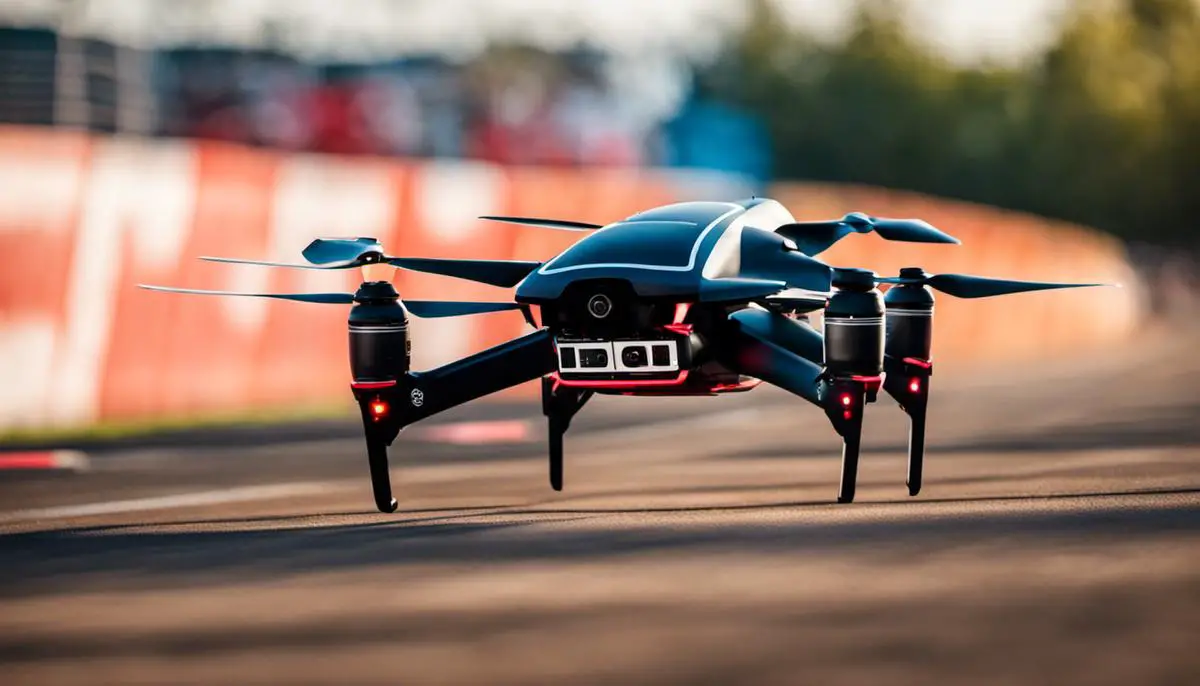
Tips for Staying Safe During FPV Drone Races
Safety should always be a top priority when it comes to FPV drone racing. While the adrenaline rush and excitement of the sport can be thrilling, it’s crucial to ensure that you and others around you are protected. Here are some essential tips to help you stay safe during FPV drone races.
Familiarize yourself with the local regulations and guidelines for drone flying. Each country or region may have specific rules in place regarding where and when you can fly your drone. Make sure you understand these rules and adhere to them to avoid any legal issues or accidents.
Additionally, always fly in designated areas and avoid flying near people, animals, or property that could be at risk. It’s important to maintain line of sight with your drone at all times to ensure you can see and avoid any potential obstacles or hazards.
Invest in a reliable and sturdy drone that is built to withstand crashes and accidents. Regularly inspect and maintain your drone, checking for any loose components or damage that could compromise its safety.
Lastly, never fly your drone while under the influence of drugs or alcohol. It impairs your judgment and reaction time, increasing the risk of accidents. Make sure you are in a clear state of mind when operating your drone.
How to Handle Unexpected Situations Mid-Race
In the fast-paced world of FPV drone racing, unexpected situations can arise at any moment during a race. It’s essential to stay calm, think quickly, and react accordingly to navigate these challenges successfully. Here are some tips on how to handle unexpected situations mid-race like a pro.
Firstly, maintain focus and keep your eyes on the race course. Distractions can easily throw off your concentration and cause you to lose control of your drone. Stay in the zone and trust your instincts.
If you encounter an obstacle or unexpected change in the race course, quickly assess the situation and adapt your flight path accordingly. Use your piloting skills and maneuvering techniques to avoid collisions and continue racing smoothly.
In the event of a crash or collision, don’t panic. Assess the damage to your drone and make a split-second decision on whether to continue racing or make necessary repairs. Having spare parts and tools readily available can save valuable time during a race.
Lastly, learn from any unexpected situations you encounter. Use them as opportunities to improve your skills and strategy for future races. Analyze what went wrong and adjust your approach accordingly.
Essential Rules and Etiquette in FPV Drone Racing
When participating in FPV drone racing, it’s important to adhere to essential rules and etiquette to ensure a fair and enjoyable experience for all pilots. Here are some guidelines to follow:
- Respect other pilots: Treat fellow racers with respect and courtesy. Avoid reckless flying or intentionally interfering with other pilots’ drones.
- Follow race organizer instructions: Always follow the instructions and guidelines set by the race organizers. This includes abiding by the designated flight paths and adhering to safety regulations.
- Communicate effectively: Use clear and concise communication with other pilots and race officials. This includes using appropriate radio frequencies and avoiding interference.
- Avoid intentional crashes: Deliberately crashing into other drones is not only dangerous but also goes against the spirit of fair play. Focus on clean and skillful flying instead.
- Clean up after yourself: Dispose of any trash or debris you generate during the race properly. Leave the race area in the same condition you found it.
Progressing in the World of FPV Drone Racing
Now that you have mastered the basics, honed your flying skills, and navigated your way through challenging race courses, it’s time to take your FPV drone racing to the next level. Progressing in the world of FPV drone racing requires dedication, practice, and a hunger for improvement.
One way to progress is by joining local and regional competitions. These events provide an opportunity to compete against other skilled pilots, test your abilities, and learn from more experienced racers. Participating in races will push you to perform at your best, adapt to different race courses, and gain valuable experience that will ultimately elevate your skills.
Another way to progress is by continuously refining your flying techniques. Explore advanced maneuvers and push the limits of what you can do with your drone. Experiment with new tricks, practice complex maneuvers, and challenge yourself with faster speeds and tighter turns. The more you push yourself, the more you will learn and grow as a racer.
In addition to technical skills, developing a strategic mindset is crucial for progressing in the world of FPV drone racing. Study race courses, analyze your opponents’ strategies, and identify areas where you can gain a competitive advantage. Focus on improving your cornering technique, refining your navigation skills, and honing your ability to make split-second decisions.
Finally, embrace a continuous learning mindset. Stay up to date with the latest advancements in technology, seek feedback from experienced racers, and constantly strive to improve. Attend workshops, join online communities, and engage in discussions with fellow racers to exchange knowledge and insights.
Helpful Links
For all your RC Questions, Click HERE
If you are interested in RC cars and trucks, RC World has you covered.
For RC boats and watercraft, check these articles out.
For all your RC Airborne endeavors, we have everything you need.
Top Benefits of Foldable E-Bikes
The swell of urbanization and the relentless quest for convenience have paved the way for innovations in personal transportation that must be both practical and environmentally conscious. Foldable…
Discover the Electric Trike: A Guide for Enthusiasts
As our society leans towards more sustainable and efficient modes of transportation, electric trikes are carving out their own niche in the ecosystem. With unique benefits that address…
Top 10 Gear Picks for Your E-Bike Commute
Enthusiasts and hobbyists embarking on the exciting journey of e-bike commuting often find it essential to arm themselves with the right gear for an optimal ride. Daily commutes…
Master Electric Skateboard Cruising
Glide into the electrifying world of portable electric skateboard cruising, an exhilarating hobby that combines the adrenaline rush of high-speed riding with the convenience of modern technology. As…
Ultimate Guide to Electric Skateboard Safety
Electric skateboards are changing the way we move, blending fun with functionality. But as their popularity grows, so does the importance of safety features. This exploration focuses on…
The Exciting Rise of Eco-Friendly E-Bikes: A Glimpse at Sustainable Transport’s Future
As global climate change persists, people from all walks of life are seeking more sustainable ways to travel. One solution gaining traction is the eco-friendly E-bike. These technologically…
10 Essential Electric Skateboard Safety Tips
Thrills and freedom – that’s what draws us to the surge of electric skateboards beneath our feet. But as enthusiasts and hobbyists alike can attest, power comes with…
Top 3 Belt-Driven Motors for E-Skateboards
When we delve into the heart of electric skateboarding, the pulse of every kick-push comes from its motor system. Among the variety of drives that bring e-skateboards to…
Why Choose Electric Skateboards for Travel?
The intersection of technology, sustainability, and urban mobility has led to innovation on the streets – quite literally – with electric skateboards emerging as a shining example of…

